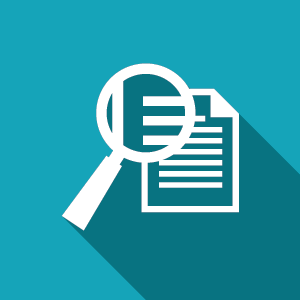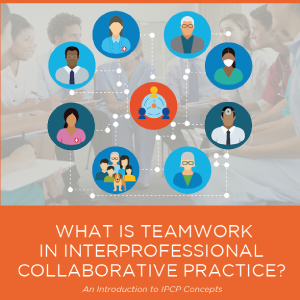Why did we redesign the previous measurement instrument collection and website?
Meeting the needs of the interprofessional practice and collaborative practice communities has been our guiding priority as we revamped the collection of tools and content on this site. We’ve put together a background document that helps clarify our rationale and approach.
FAQ
Yes, if there is a PDF of the tool linked to its profile that means the author has indicated it is in the public domain and has allowed us to disseminate it. About 2/3 of the authors in the Collection (January, 2017) gave us permission to post a PDF of their tool on our website.
No, if the tool is referenced to a journal article or commercial website.
Two reasons. First, just because the tool is on a public website doesn’t mean it isn’t copyrighted. It just means the authors aren’t restricting usage or charging for copies. Some authors like to keep track of who is using their tool. Their permission may also depend upon your willingness to share your data with them, or your promise to use the instrument “as is” without any changes.
Second, it is the best way to show professional courtesy to the authors. Most authors like knowing of your interest. Ask them how they would like to be cited in your work. They may also have revised instruments or updated research results to share with you.
Yes, even if you make adaptations to it. This rule of thumb pertains to versions of the instrument you manufacture to use in print form (e.g., paper questionnaires with customized project name or instructions), in digital form (e.g., ditto as above, but for online surveys), as well as power-point presentations, internal reports, and publications.
A typical citation on the instrument itself would be something along the lines of, “Smith E.J., et al., 2015, used with permission.”
A few instruments are printed in full in the journal article (e.g., in an appendix). In this case, however, the journal may hold the copyright to it. Only an author can tell you if they specifically retained the copyright of the tool when they submitted their manuscript for publication.
Most tools are not fully shown in publications (although items may be discernible from content descriptions, or tables showing item results). In this case, the authors most likely hold the copyright to the tool. You need to contact them in order to obtain a copy of the instrument and their permission to use it.
If the corresponding author (usually the first author) doesn’t answer your email or call, try finding the senior author (last one listed), or the second author listed, on Google or via their affiliated institution.
Not necessarily. It means the chances of obtaining quality data is higher, but only if you as users do things to minimize measurement error during administration, data collection and analysis. If you administer the tool to a very different population than the design population, or use a different method for obtaining responses/scores (e.g., online survey vs. live observer rating), there is no guarantee of validity. It is always a good idea to collect local validity data prior to use by piloting the tool with a sample group of respondents. (See the Primer by Schmitz and Cullen, “What Should I Consider When Selecting a Measurement Tool?” on this website, and also Vol. 3 in our Practical Guide series.)
First, review the following critera that form the basis of review by the National Center Measurement Instrument Advisory Board.
We are focusing on instruments that:
- Are clearly focused on interprofessional practice or education
- Have a publication track record in peer-reviewed journals
- Report psychometric data beyond user feedback and content validity
- Are broadly applicable to the professions, not just a single profession
- Meet general standards of quality in terms of construction, including lack of bias
- Fill important gaps in the Collection
- Are in the public domain; that is, they can be downloaded from our websire (or from other public sites); can be viewed via journal subscriptions, or obtained directly from the author
Second, complete the Recommendation for the Measurement Instrument Collection form.
Finally, email the completed form along with any documentation or links to research publications and the instrument to nexusipe@umn.edu
Yes. The Resource Center remains an open repository for community members to exchange materials. However, if the tool has a strong publication track record and meets other criteria it can be considered for addition to the Measurement Collection.
Persons trained in measurement, assessment, and evaluation carry different job titles, but they include people like educational and organizational psychologists, clinical and behavioral psychologists, sociologists, research scientists of various persuasions, epidemiologists, and persons specializing in psychometrics and statistics. In the U.S., they may be found in schools of public health, education, and psychology; research centers associated with those schools; and in professional organizations and societies, such as the American Education Research Association (Division I, “Education in the Professions”), the American Evaluation Association (click on “Find an Evaluator). These national organizations also have local chapters which may be near you.






